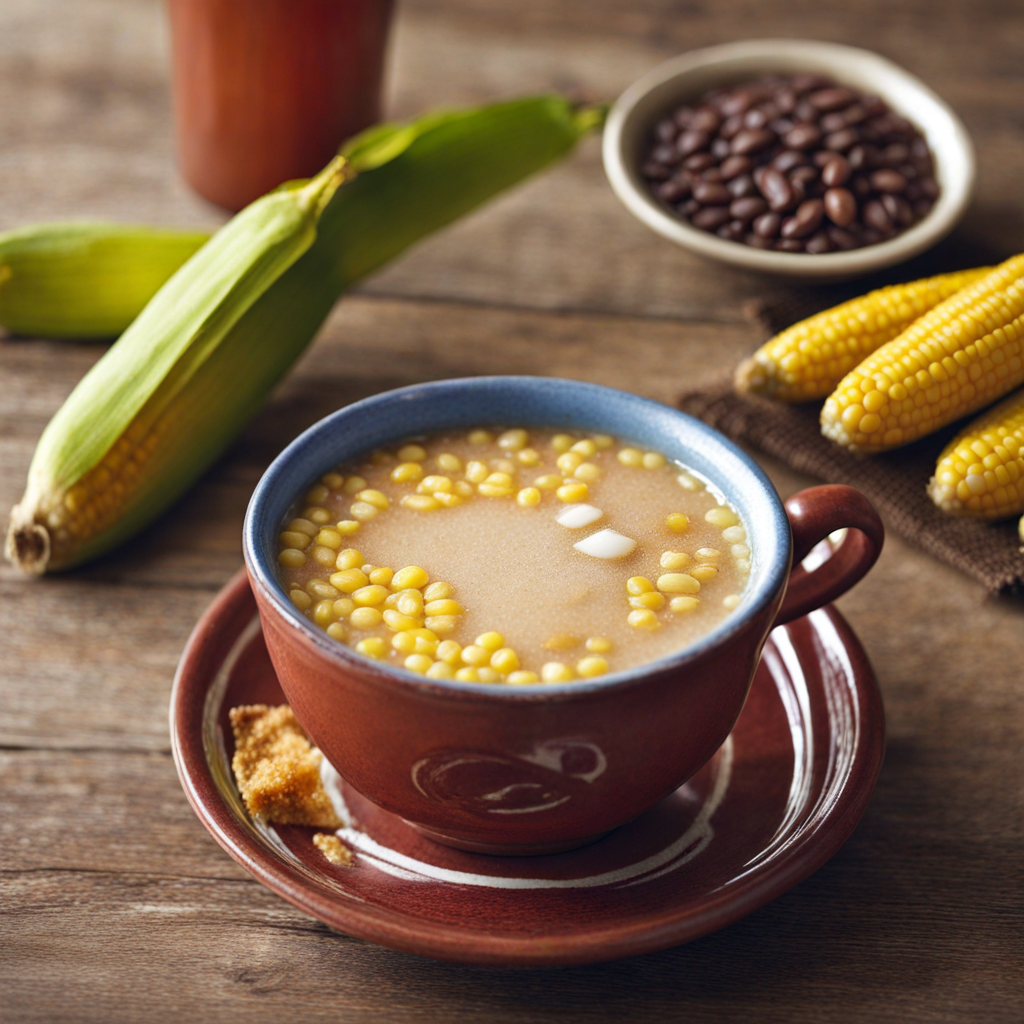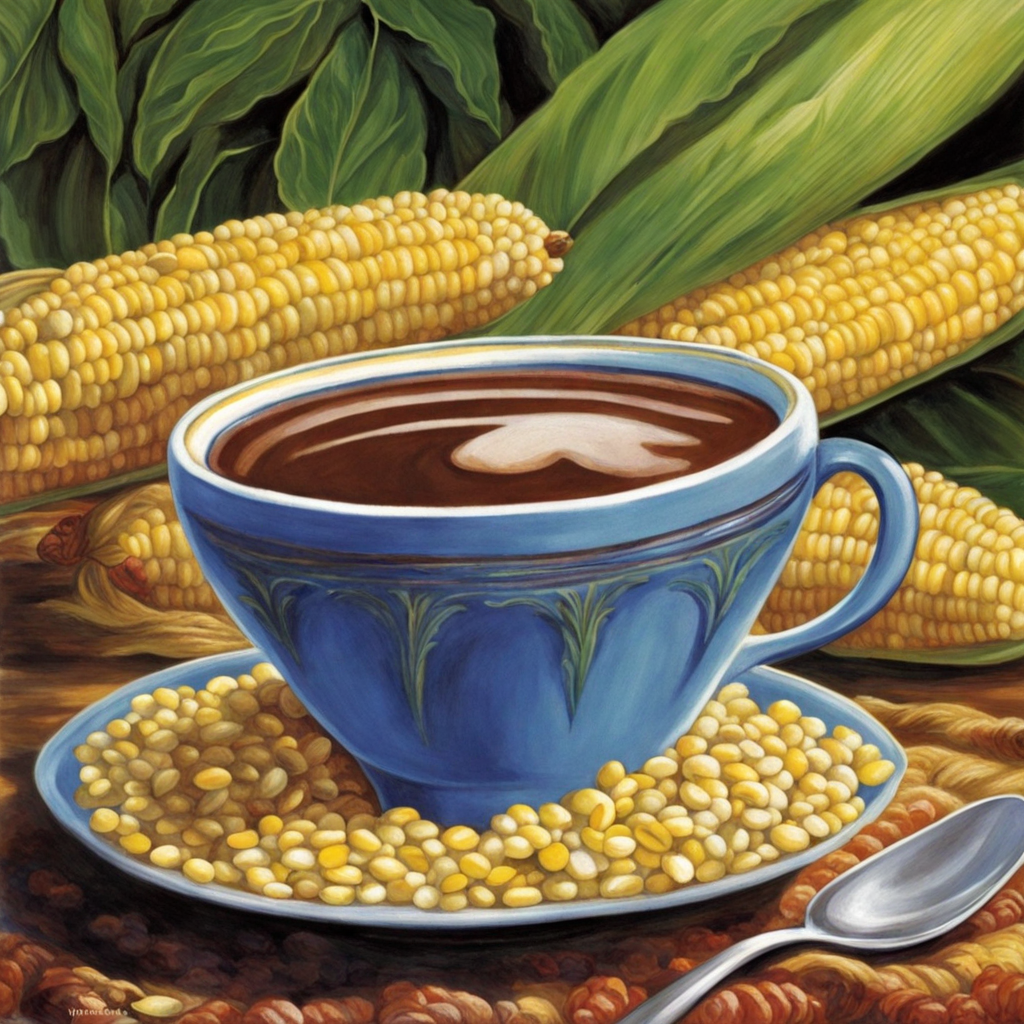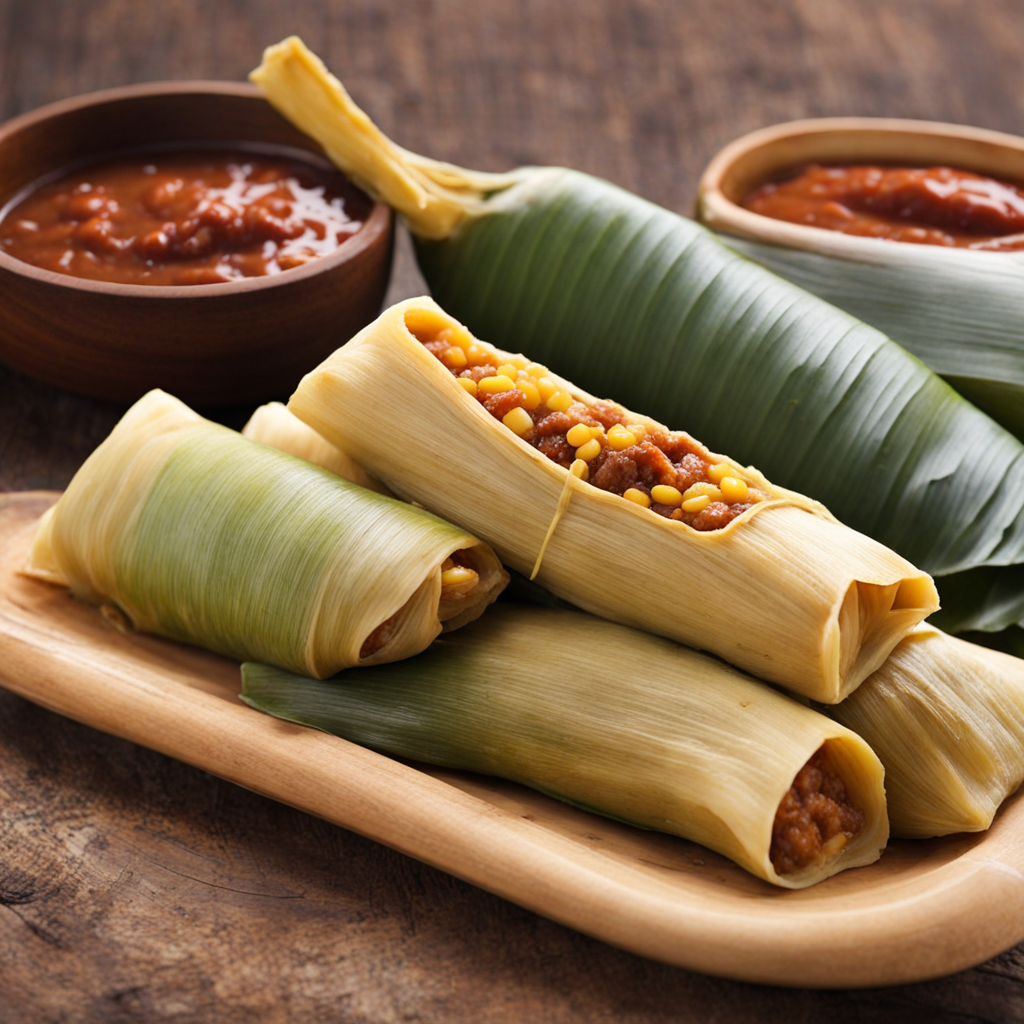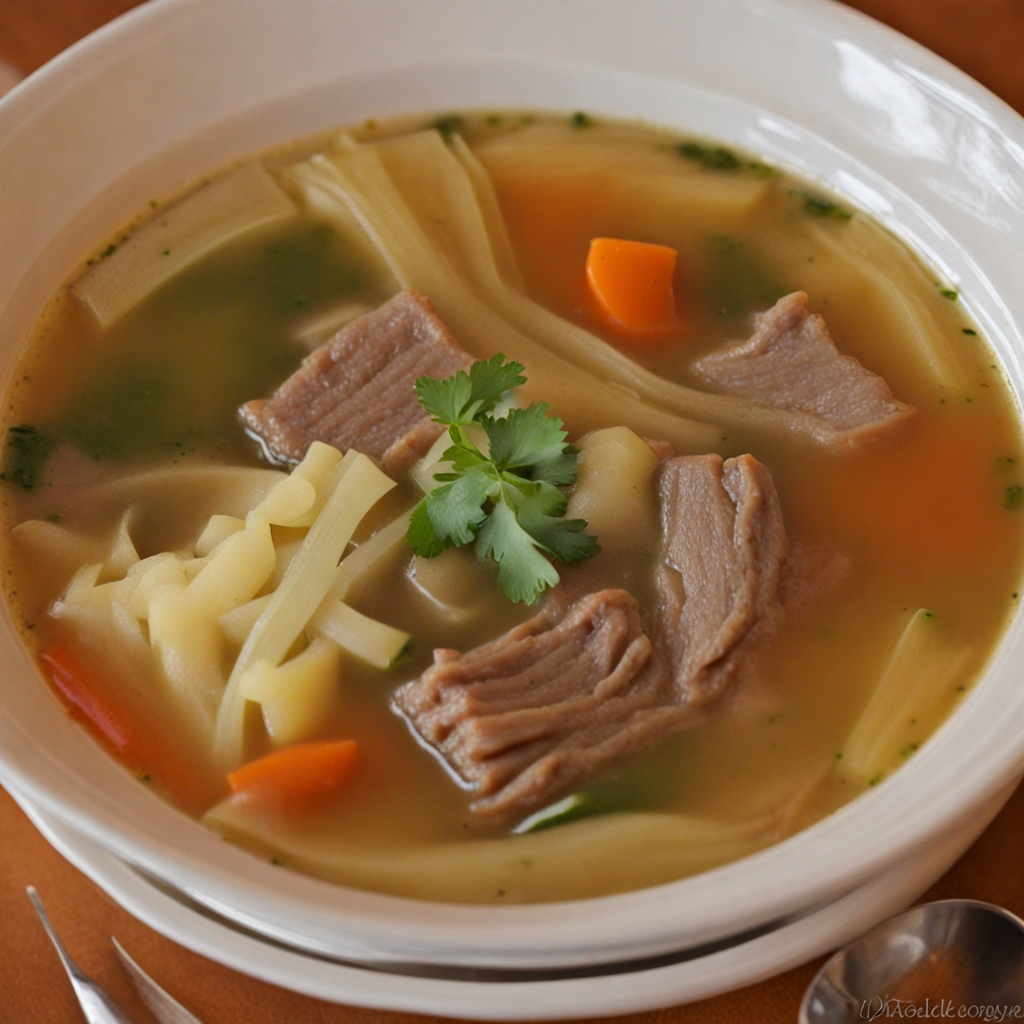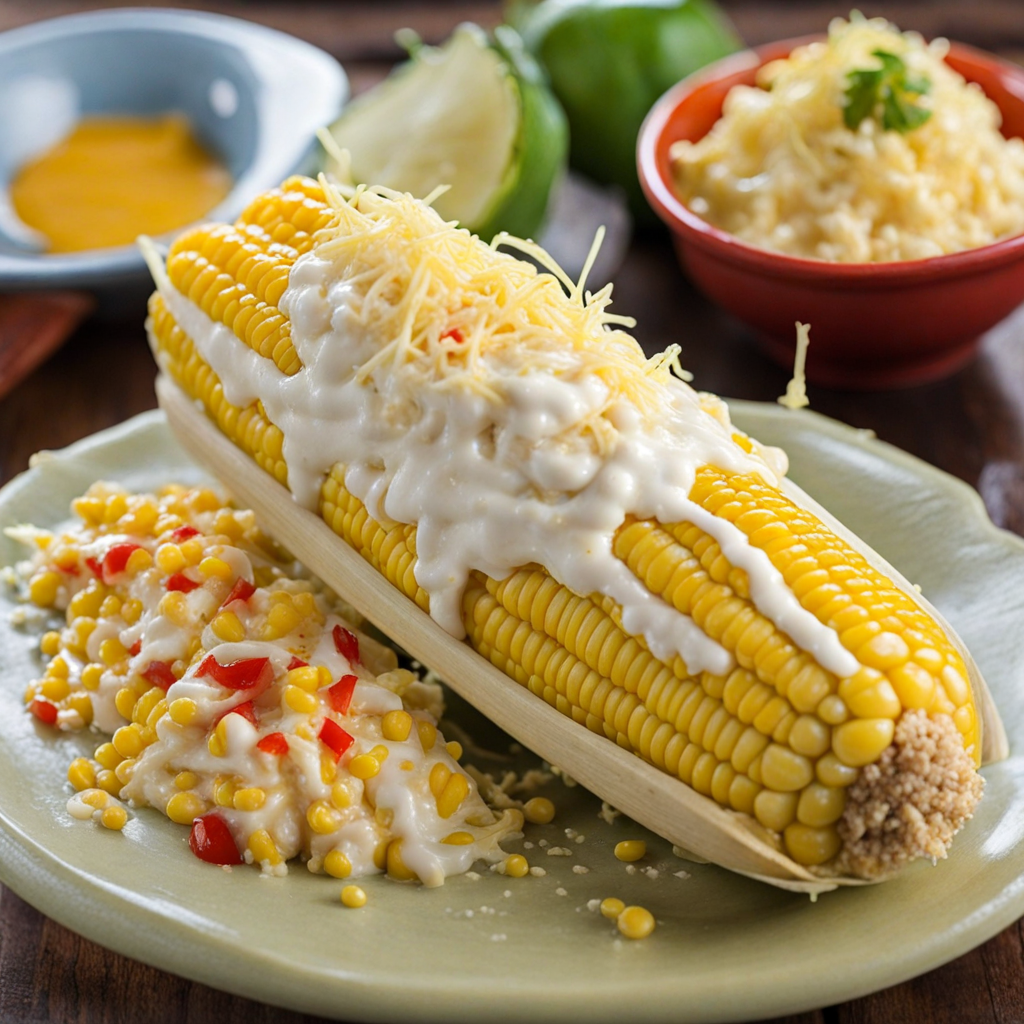Chilate
Chilate is a traditional Salvadoran dish that encapsulates the rich flavors and cultural heritage of El Salvador. This unique dish is primarily made from a base of corn masa, which is mixed with a variety of ingredients, including roasted tomatoes, herbs, and spices, creating a thick, savory porridge-like consistency. The vibrant color of chilate often reflects the inclusion of fresh ingredients like bell peppers and cilantro, which not only enhance its visual appeal but also contribute to its aromatic profile. Each spoonful offers a delightful combination of earthy corn and the zesty freshness of vegetables, making it a comforting and satisfying meal. The preparation of chilate can vary from region to region, with some variations featuring additional ingredients such as meat, beans, or even cheese, which add layers of complexity and depth to the dish. Depending on the recipe, chilate can be served hot or cold, making it versatile for different occasions. It is often enjoyed during special celebrations, family gatherings, or even as a hearty breakfast option. The interplay of flavors and textures in chilate reflects the Salvadoran spirit, showcasing the importance of communal eating and sharing food with loved ones. Chilate is not just a meal; it is an experience that invites you to explore the culinary traditions of El Salvador. The dish can be paired with a side of fresh tortillas or accompanied by pickled vegetables, adding a delightful crunch and tanginess that balances the creamy consistency of the chilate. For those seeking to broaden their culinary horizons, chilate presents an opportunity to savor the authentic tastes of Salvadoran cuisine, promising a delightful journey through its rich history and culture.
How It Became This Dish
The Rich History of Chilate: El Salvador's Cultural Elixir Chilate, a traditional beverage from El Salvador, is a delightful concoction that embodies the rich tapestry of the country's culinary heritage. This unique drink, made primarily from corn, chocolate, and spices, has origins that stretch back to pre-Columbian times, weaving itself into the cultural fabric of Salvadoran society. #### Origins: Pre-Columbian Roots The roots of chilate can be traced to ancient Mesoamerican cultures, particularly the Maya and Aztec civilizations, where corn (maize) was a staple crop and central to their diets and rituals. Corn was not merely a food source; it was also a sacred element, integral to creation myths and agricultural practices. The Maya, for instance, revered maize as a gift from the gods, and it played a critical role in their daily sustenance, ceremonies, and social structures. Chocolate, derived from cacao, also held significant importance in Mesoamerican cultures. The Maya and Aztecs prepared a bitter drink from cacao beans, often flavored with chili peppers, vanilla, or other spices. This beverage was reserved for nobility and was believed to possess aphrodisiac properties. The blending of these two fundamental ingredients—corn and cacao—was a natural evolution that would give rise to chilate. #### Cultural Significance: A Beverage of Community In El Salvador, chilate is much more than just a drink; it symbolizes community, tradition, and heritage. Typically served warm, chilate is often consumed during gatherings, festivals, and special occasions, where it fosters a sense of togetherness among family and friends. The preparation of chilate is an art form, often passed down through generations, with each family adding its own unique twist to the recipe. The preparation process itself is a communal event. Families gather to grind the roasted corn kernels and cacao beans, a labor-intensive task that is often accompanied by storytelling and laughter. The grinding is traditionally done using a stone mill called a "metate," giving the drink a distinct texture and flavor. The act of making chilate is as important as the drink itself, reinforcing familial bonds and cultural identity. Moreover, chilate is often consumed during significant cultural celebrations, such as the Feast of San Salvador or Christmas festivities. During these times, it is common to see vendors selling chilate in the streets, emitting its rich aroma and drawing people together. This cultural practice not only preserves traditional methods but also showcases the beverage's importance as a symbol of Salvadoran identity. #### Development Over Time: From Tradition to Modernity As El Salvador has evolved, so too has chilate. The introduction of new ingredients and methods over the centuries has led to a diverse array of chilate recipes, reflecting the country’s agricultural changes and globalization. While the traditional base of corn and cacao remains, contemporary variations may include the addition of sugar, cinnamon, vanilla, or even milk, catering to modern palates. The 20th century brought significant socio-political changes to El Salvador, impacting food culture. The civil war that raged from the late 1970s to the early 1990s displaced many people and interrupted traditional food practices. However, as peace returned, there was a resurgence in interest in traditional foods, including chilate. Cultural festivals and culinary events began to celebrate Salvadoran cuisine, reigniting pride in national dishes. In recent years, with the rise of culinary tourism and social media, chilate has found a new audience beyond El Salvador. Chefs and food enthusiasts worldwide have begun to experiment with this traditional drink, incorporating it into menus and using it as a point of cultural reference. This newfound attention has led to a renaissance for chilate, positioning it as not only a nostalgic beverage but also a trendy item in the global culinary landscape. #### Preservation and Innovation: The Future of Chilate The future of chilate is intertwined with the broader movement towards culinary preservation and innovation. As more Salvadorans, both at home and in the diaspora, reconnect with their roots, there is a growing emphasis on maintaining traditional recipes while also allowing for creative experimentation. This dual approach ensures that chilate remains relevant in a rapidly changing world. Additionally, the rise of artisanal food movements has encouraged the cultivation of native crops and traditional farming practices, which are crucial for sustaining the ingredients used in chilate. Organizations and local farmers are increasingly focused on preserving heirloom varieties of corn and cacao, which not only benefit the environment but also enhance the flavor profiles of traditional foods. Efforts to promote chilate in the global food scene have also gained momentum. Food festivals and cultural exchanges often feature chilate as a highlight, allowing people worldwide to experience its unique taste and cultural significance. This exposure helps foster a greater understanding of Salvadoran cuisine and its history, allowing new generations to take pride in their culinary heritage. #### Conclusion: A Legacy to Savor Chilate stands as a testament to the resilience and creativity of Salvadoran culture. Its journey from ancient Mesoamerican roots to a modern-day symbol of community and identity illustrates the power of food as a vessel for cultural expression. As El Salvador continues to navigate the complexities of globalization and modernization, chilate remains a cherished link to its past, a drink that nourishes not just the body but also the spirit. In a world where culinary identities are often diluted, chilate serves as a reminder of the importance of tradition, community, and the stories that food can tell. Whether enjoyed at a family gathering or featured in a chic café, chilate invites everyone to savor its rich history and embrace the flavors of El Salvador.
You may like
Discover local flavors from El Salvador


